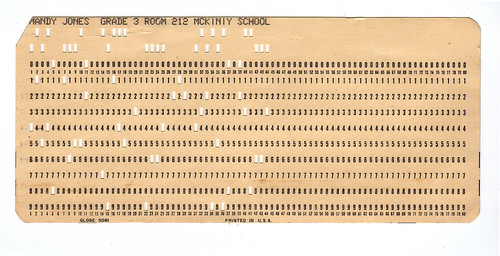David Alpert’s discussion of transit-oriented mixed-use cites a very interesting land use statistic by Christopher Leinberger, who states that the minimum FAR to support walkable urbanity
is 0.8:
What does “walkable urbanity” look like?
Christopher Leinberger: It starts at an FAR of around 0.8–five times denser than classic suburban development. If you go a bit denser, you get places like Reston Town Center near D.C. The bulk of Reston is a typical master-planned, cul-de-sac suburb, but they left a 300-acre greenfield site for something special. Mobil, which owned Reston at the time, created this very urbane place, with highrises right up to the sidewalk, retail on the ground floor, fountains, and an ice-skating rink. It’s a phenomenal success–5,000 housing units to date, with rental rates and housing prices that are 50 percent higher than the drivable Reston market, because people can walk everywhere. Of course, some might argue that it’s a suburban version of a real downtown.

Reston Town Center – by RTKL
The above plan of Reston Town Center give us some scale of what is required for walkable urbanity. Living in a walkable neighborhood just doesn’t make sense for those training for Olympic Powerwalking. Without even talking about $5 gasoline, having the option to walk to the store for quick errands without having to get into your car is a life-altering situation. This is the very definition of freedom of mobility.
So I wanted to compare Leinberger’s minimum for walkable urbanity to my hometown, Westerville, Ohio, which gives us this diagram:

Which, in execution, produces the scattered sprawl below:

Street after street of detached single-family houses with unused front-yards and low FAR. Not that these weren’t (or aren’t) lovely places to grow up, but from experience these neighborhoods were dead. Compare the above to Uptown Westerville, which is the original crossroads settlement with much higher FAR, and is the most desirable area to live in Westerville. But it isn’t just the FAR which creates the major difference between the two neighborhoods, the front yard setback requirements create either a Suburban feel – 30′-0″ setback – or a more urban feel – 10 – 15′-0″ setback.
Just take a look at the revised diagram below:


Not only is Uptown Westerville denser, but also is universally loved and desired throughout Westerville. It is where you went on first dates, where you got ice cream, where you went to buy cute
gifts for your mom on Mother’s Day. But for some reason Westerville restricts this type of development, when it should expanded.
 Computer punch card, originally uploaded by Mirandala
Computer punch card, originally uploaded by Mirandala






